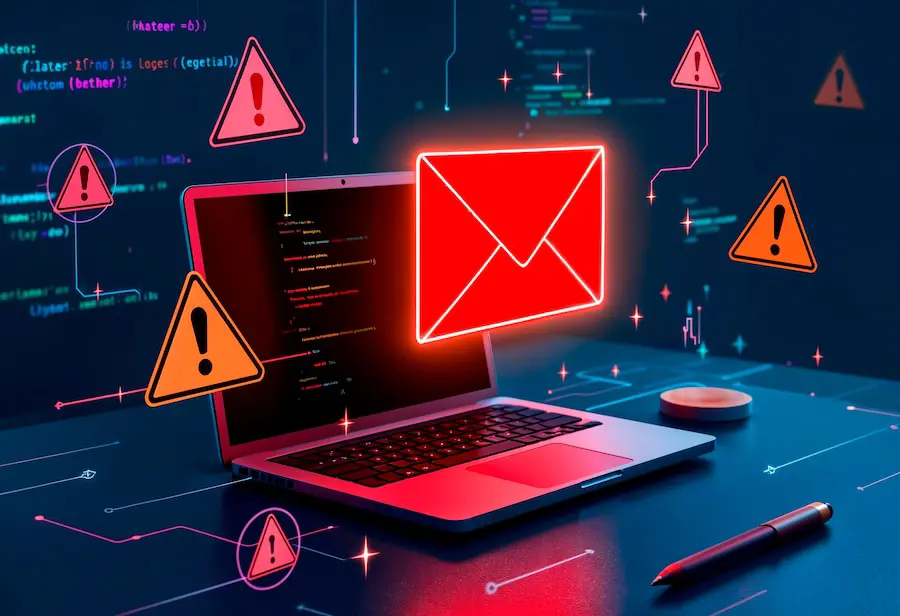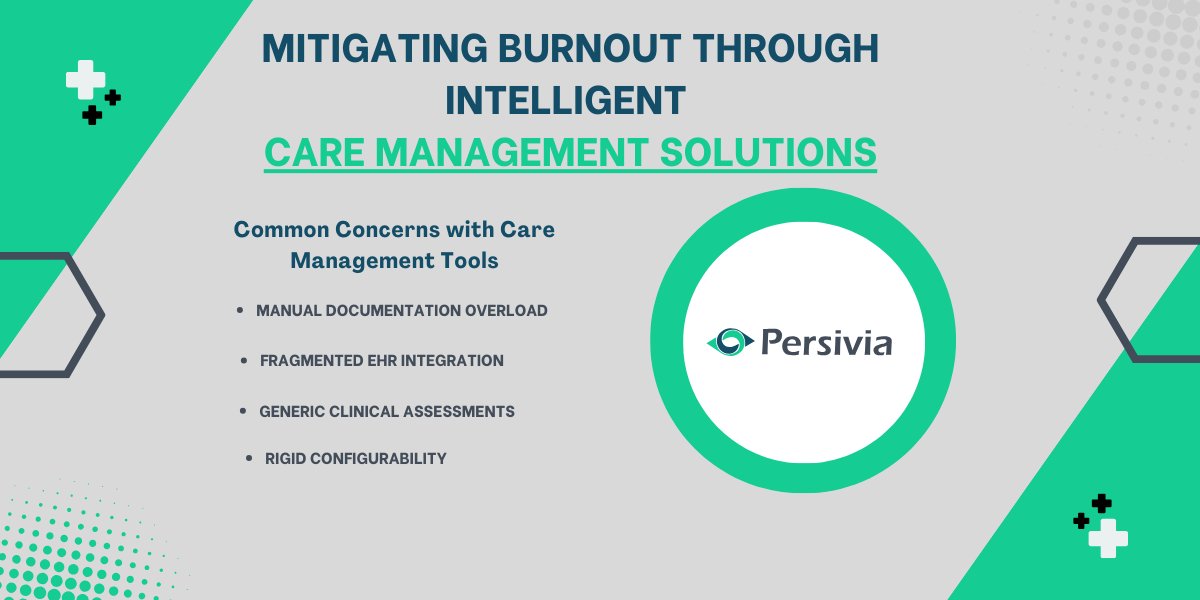
How AI is Transforming Email Security: Opportunities and Challenges
Many tech experts perceive the emergence and fast development of Artificial Intelligence (AI) as a new threat and challenge to email security, while others see it as an opportunity for a more comprehensive security in email communications.
74% of IT security experts say their organizations suffer significant damage from AI-powered threats and as many as 75% of cybersecurity professionals were forced to modify their digital strategies in 2023 to be able to better handle AI-generated incidents. The statistics, however, reveal not only the fear and negative impact of the rise of AI but also the opportunities associated with it. In fact, 70% of cybersecurity exports report that AI is a very effective means for detecting threats that would not have been noticed in the past (i.e. without the use of AI technology).
In this article, we will explore both the opportunities and the challenges associated with the rise of AI and provide actionable recommendations on how to best leverage AI technologies.
AI in Phishing Attacks
AI has truly impacted the form, frequency, and scale of impact of phishing attacks. They have now become more personalized, dynamic, and convincing. Almost half (40%) of the current phishing emails that specifically target businesses are now generated by AI. According to Harvard Business Review, spammers now save 95% in campaign costs simply by using large language models (LLMs) to generate their phishing emails. Here are some ways AI is used by attackers:
Automated Phishing Email Generation
AI helps cybercriminals generate realistic-looking phishing emails by analyzing language patterns from actual legitimate communications. This enables attackers to tailor their messages to specific targets quickly at scale. For example, an attacker might use AI to analyze an organization’s internal emails and create a phishing message that appears to come from the IT department (using the same tone, language style, jargon, etc.).
This may deceive employees into believing that it’s a legitimate email truly coming from the IT department. Such a manipulation can very likely motivate employees to click a potentially malicious link to verify their credentials and reveal sensitive personal or business-related details.
Deepfake Technology for Impersonation
AI technologies enable attackers to create hyper-realistic audio, image, or video impersonations of individuals (also known as deepfakes). In fact, 61% of organizations witnessed a rise in deepfake attacks in 2023. These can be used to mislead victims into believing that they are communicating with someone legitimate. For example, an attacker might create a deepfake video where the CEO of company X is instructing the employee of the same company to transfer funds to an unknown vendor. This is not just an imagined scenario; in fact, as Deep Instinct reveals, 75% of deepfakes aimed to impersonate a CEO or other C-suite executive.
AI-Driven Automation of Phishing Attacks
AI enables cybercriminals to automate the creation of phishing campaigns on an unprecedented scale. This automation allows for rapid deployment and adaptation of phishing attacks, which makes them even more challenging to defend against.
AI in Email Security Defense
AI-powered email security solutions have become indispensable in detecting and blocking sophisticated phishing attempts. Here are some ways AI is used for enhanced security:
Enhanced Phishing Detection
AI-powered email security solutions can help analyze email content, sender behavior, and contextual information, thereby enabling you to identify suspicious patterns that may be indicative of phishing attempts. These systems use machine learning algorithms to continuously learn from user feedback and adapt to evolving email threats, which ensures continuously improved accuracy and a reduction in false positives. Such factors are the reason why 73% of cybersecurity teams from all over the world say they prefer to shift focus to an AI-powered preventive strategy instead of traditional ones to enhance their security online.
Behavioral Analysis
AI-driven tools can help monitor user interactions with email and detect anomalous behavior indicative of potential security threats. First, they analyze and establish baseline behavior patterns for individual users or groups that they then use to identify deviations (e.g. unusual login locations or atypical email forwarding activity), and flag them for further investigation.
Real-Time Threat Intelligence
AI-powered email security platforms integrate real-time threat intelligence feeds to stay updated with the latest email-based threats and attack vectors. This allows them to identify emerging threats in the initial stage and apply adaptive security controls to mitigate such risks in real-time.
Enhancing Email Security with AI-Powered Solutions
To enhance email security, organizations can make use of AI-powered solutions that focus on email authentication and security. These solutions help prevent email spoofing by enforcing domain-based authentication protocols, which ensures that emails are verified as coming from legitimate senders. There are numerous tools that help manage and enforce these protocols effectively, thereby contributing to enhanced comprehensive defense against email spoofing. Equally important are services that avoid data collection altogether and keep content unreadable even to the provider - for example, platforms like Atomic Mail built on end-to-end encryption and anonymous account creation.
Email Authentication Protocols
Implementing protocols like DMARC (Domain-based Message Authentication, Reporting & Conformance) has become very important. DMARC ensures that emails are authenticated, thereby preventing attackers from impersonating legitimate senders. Organizations can use specialized platforms to manage and enforce these protocols effectively, ensuring a comprehensive defense against email spoofing. They also often provide valuable information on DMARC setup to make the process as easy and accessible for beginners as possible.
I-driven DMARC threat intelligence mechanisms leverage specialized algorithms to instantly identify the global blacklists on which each IP is located and whether or not a hostname is blocklisted by analyzing and monitoring over DNS and IP blocklists. This provides you with detailed information into the cyberattacker’s web host and history of domain abuse in a matter of seconds. Thus, these systems make it very easy (even for complete beginners) to evaluate the risk security scores of all your IP addresses
Real-Time Threat Insights
AI-driven threat intelligence systems provide detailed reporting and real-time alerts, which enables organizations to monitor and respond to email security threats promptly. This proactive approach helps in identifying and mitigating risks before it’s too late (i.e. before they’d escalate into full-blown incidents).
Domain Reputation Management
By ensuring emails are authenticated, these solutions help maintain a positive domain reputation. This is very important as a compromised domain reputation can lead to emails being flagged as spam or entirely blocked by recipients’ email providers.
Common Technologies and Methods of An AI-Powered Email Security Strategy
AI email security solutions make use of a combination of technologies to identify and neutralize threats before they reach the recipient:
Behavioral Analysis
- Behavioral analysis is a technique commonly used by AI-powered systems to establish baselines for user and organizational email activity.
- Moreover, it enables domain owners to detect anomalies (e.g. unusual sender behavior or unexpected email requests).
Natural Language Processing (NLP)
- Natural language processing helps analyze the tone, intent, and structure of email content, thereby helping identify phishing or fraudulent attempts.
- NLP helps detect subtle cues in spear-phishing emails that traditional systems might have overlooked.
Machine Learning Models
- AI technologies continuously learn from new threats to adapt and improve over time.
- They analyze large datasets to detect patterns indicative of malicious activity.
Contextual Understanding
- These systems examine the relationships between senders and recipients to identify impersonation or spoofing.
- AI considers email metadata, such as headers, domains, and IP addresses, for additional context.
Automated Response
- AI helps flag or quarantine suspicious emails in real time.
- These technologies provide detailed alerts and insights for IT teams to investigate further.
A Summary of Challenges and Opportunities in AI-Powered Email Security
As AI offers powerful tools for both attackers and defenders, there are challenges and opportunities to consider:
Challenges
- Sophistication of Attacks: AI-powered phishing attacks are becoming more and more sophisticated, which makes them harder to detect.
- Dependence on Technology: The effectiveness of AI-powered security solutions depends on the quality of data and algorithms used.
Opportunities
- Improved Detection Accuracy: AI can analyze vast amounts of data to identify patterns that human analysts might miss, which helps improve detection accuracy.
- Proactive Defense: AI enables proactive defense strategies by predicting and mitigating threats even before they would occur.
Conclusion
AI can be both a poison as well as an antipoison; all depends on the intentions of those using it and the level of familiarity they have with AI technologies. Therefore, to best protect your business against ever-evolving cyber threats, it is important to continuously learn about the newest forms and methods of AI-powered cyber attacks as well as AI-powered prevention and security mechanisms. Having the necessary knowledge and skills will help you turn AI into a great opportunity to enhance the security of your email communications in 2025 and beyond!

Law Firm Management: How Technology is Driving Efficiency

Most Popular Social Networks: Dominating Online Platform






